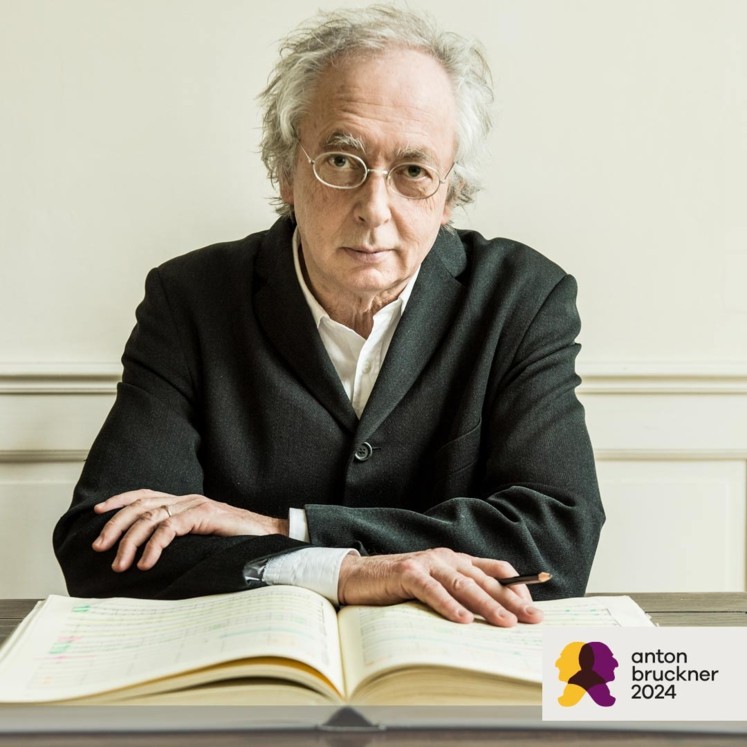
Program booklet for the event
Bruckner's Symphonies in the Original Sound
Exaggerating
The Symphony No. 8 in C minor is "one of the most astonishing creations not only of Bruckner, but of the entire symphonic world literature; it has rightly been called 'the crown of 19th century music'. This judgement applies to the "1890 version", which was first performed in 1892, whereas it was to take until 1973 before the "1887 version" was given its first performance. Anton Bruckner had begun this version in the summer of 1884 and, after its completion on 10 August 1887, sent it to the conductor Hermann Levi, who was perplexed by the huge score and advised a revision, which the deeply affected composer finally undertook because he had to recognise that the dimensions of the symphony exceeded any contemporary imagination. In it, the opening movement is followed for the first time by the Scherzo, with which the slow movement, in which the harp is used in a unique way in Bruckner's work, moves to the third position, while at the end of the monumental finale, the themes of all four movements are brought together and sound simultaneously in vertical layering.
The 'Eighth' is preceded by Heinrich Ignaz Franz Biber's famous Battalia, a lavishly scored musical battle painting, which in its exaggeration is certainly related to the symphony and, thematically, also builds a bridge to Bruckner's own programmatic musical interpretation of its finale, in which he claimed to have set the "Ride of the Cossacks", "military music" and "fanfares" to music.
In view of these two masterpieces, which represent the Mount Everest of their respective genres, Ars Antiqua Austria, Gunar Letzbor's ensemble for new baroque music, and the Orchestre des Champs-Élysées under its founder and director Philippe Herreweghe, two absolute top formations in the field of historical performance practice, act as summit strikers.
Heinrich Ignaz Franz Biber (1644–1704)
Battalia. Suite D major, C 61 (1673)
Anton Bruckner (1824–1896)
Symphony No. 8 in C minor, WAB 108 (1884-87) "Version 1887"
Ars Antiqua Austria
Gunar Letzbor | violin & direction
Orchestre des Champs-Élysées
Philippe Herreweghe | conductor